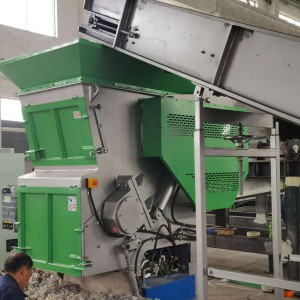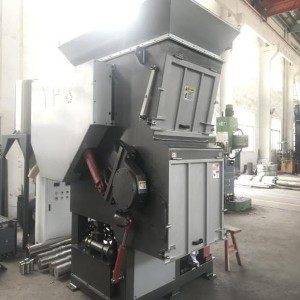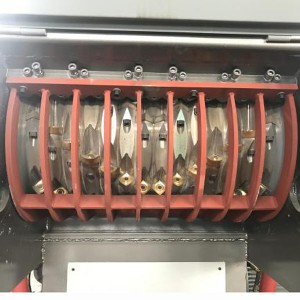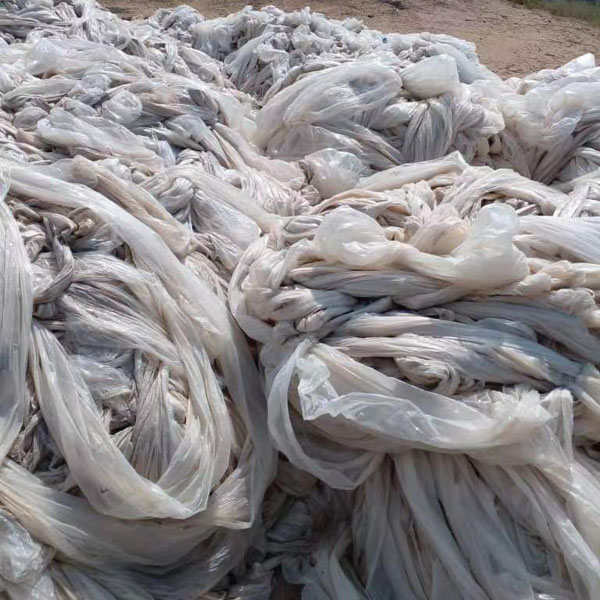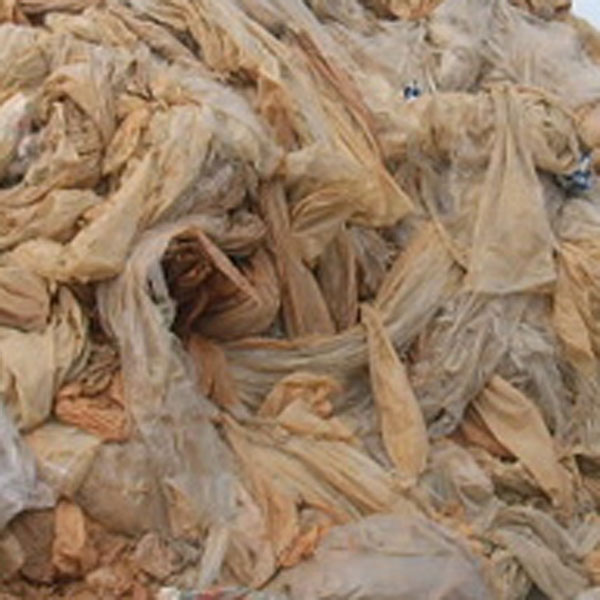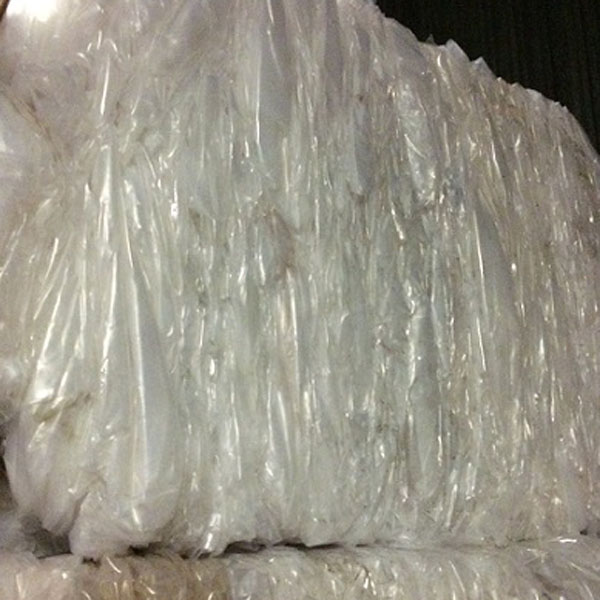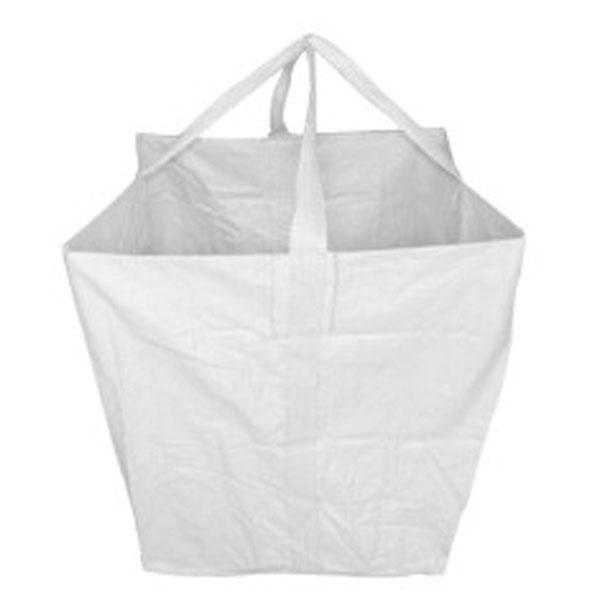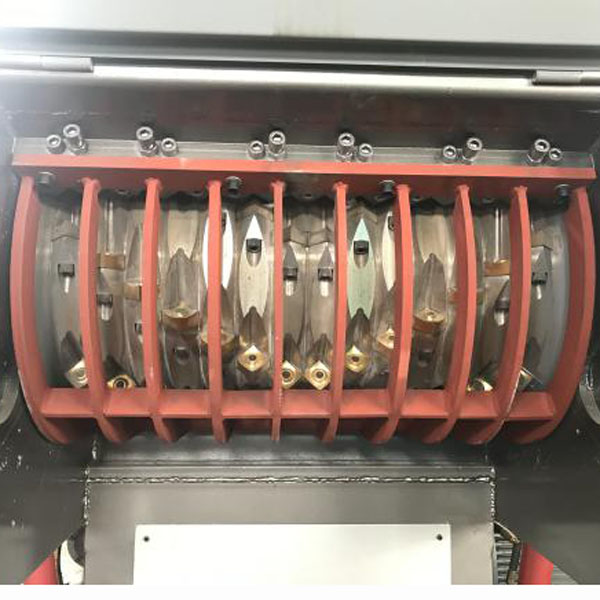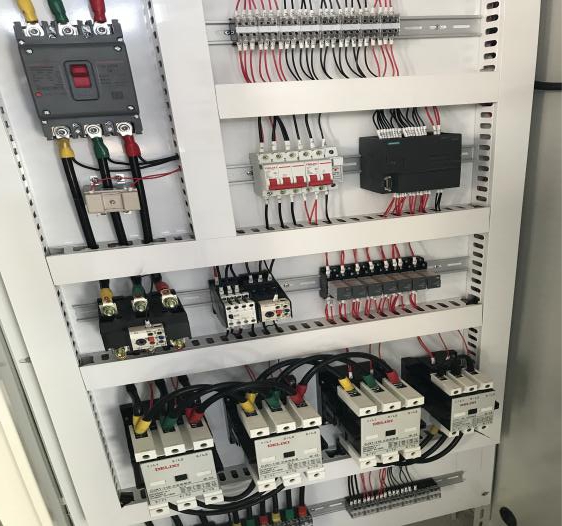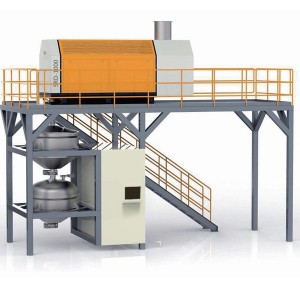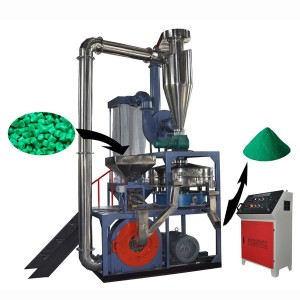Plastic single shaft shredder with pusher for shredding PP and PE films and rolls
Single shaft shredder for PP PE films and film rolls and PP woven bags and ton bags
The single shaft shredder work as a auxiliary machine for the plastic pelletizing, plastic washing line recycling system. The single shaft shredder's function is to reduce the raw materials sizes. For example the single shaft shredder could shred the plastics like PET fiber, PP woven bags ton bags and PP nonwoven bags, PE agriculture films processing, we need the single shaft to reduce their sizes. After reducing the sizes, the raw materials PP PE etc will be easily processed in the down stream, either washed or pelletized.
Single shaft shredder features as below:
- The blades type: D2 material,with long service. With 4 blades edges to change direction. It is made with the NC machine.
- The blade frame is W type arrangement, to make the machine run more stable.
- Screen adopt the strip type, to make sure the raw material output more smooth. It adopt the hydraulic to change,easy to operate.
- Easy to maintain.
- Soft milling grinding, low noise, low energy consumption and uniform grinding particle size.
- Local best and welknow gearbox brand. Dongli or Guomao.
- Good electric parts international good brand, like Schneider, Siemens.
Technical parameter:
| ModelTechnical | YPS850 | YPS 1050 | YPS1250 | YPS1450 | YPS1500 |
| Rotor rotary diameter(mm) | 415 | 415 | 450 | 450 | 457 |
| Feeding mouth dimension(mm) | 860*1180 | 1040*1620 | 1240*1820 | 1450*1850 | 1400*1570 |
| Crushing chamber dimension(mm) | 800*1290 | 1000*1600 | 1200*1800 | 1350*1800 | 800*1290 |
| Motor power(kW) | 45/55 | 55/75 | 55/75 | 75/90 | 90/110 |
| Speed(rpm) | 74 | 74 | 74 | 74 | 90 |
| Rotary blades quantity(pcs) | 60/70 | 75 | 90 | 108 | 108 |
| Fixed blades quantity(pcs) | 6 | 6 | 6 | 6 | 10 |
| Screen hole diameter(mm) | 40-100 | 40-100 | 40-100 | 40-100 | 40-100 |
| Push power(kW) | 4 | 5.5 | 7.5 | 7.5 | 7.5 |
| Weight(kgs) | 6500 | 7200 | 8500 | 9400 | 9500 |
| Capacity(kg/h) | 600-800 | 800-1000 | 800-1200 | 1000-1200 | 800-1000 |
For any enquiry, please contact us freely.
Contact person:Aileen.he@puruien.com
Email: aileen.he@puruien.com
Mobile:0086 15602292676(whatsapp and wechat)
A plastic recycling and granulating machine is a type of equipment used to recycle plastic waste into granules or pellets that can be reused in manufacturing new plastic products. The machine typically works by shredding or grinding the plastic waste into small pieces, then melting and extruding it through a die to form pellets or granules.
There are different types of plastic recycling and granulating machines available, including single-screw and twin-screw extruders. Some machines also include additional features such as screens to remove impurities from the plastic waste or cooling systems to ensure the pellets are solidified properly. PET bottle washing machine, PP woven bags washing line
Plastic recycling and granulating machines are commonly used in industries that generate large amounts of plastic waste, such as packaging, automotive, and construction. By recycling plastic waste, these machines help reduce the environmental impact of plastic disposal and conserve resources by reusing materials that would otherwise be discarded.
Lithium battery recycling equipment is a type of equipment used to recycle and recover valuable materials from lithium-ion batteries, which are commonly used in electronic devices such as smartphones, laptops, and electric vehicles. The equipment typically works by breaking down the batteries into their constituent parts, such as the cathode and anode materials, electrolyte solution, and metal foils, and then separating and purifying these materials for reuse.
There are different types of lithium battery recycling equipment available, including pyrometallurgical processes, hydrometallurgical processes, and mechanical processes. Pyrometallurgical processes involve high-temperature processing of the batteries to recover metals such as copper, nickel, and cobalt. Hydrometallurgical processes use chemical solutions to dissolve the battery components and recover metals, while mechanical processes involve shredding and milling the batteries to separate the materials.
Lithium battery recycling equipment is important for reducing the environmental impact of battery disposal and conserving resources by recovering valuable metals and materials that can be reused in new batteries or other products.
In addition to environmental and resource conservation benefits, lithium battery recycling equipment also has economic benefits. Recovering valuable metals and materials from used batteries can reduce the cost of producing new batteries, as well as create new revenue streams for companies involved in the recycling process.
Furthermore, the increasing demand for electric vehicles and other electronic devices is driving the need for a more efficient and sustainable battery recycling industry. Lithium battery recycling equipment can help meet this demand by providing a reliable and cost-effective way to recover valuable materials from used batteries.
However, it’s important to note that lithium battery recycling is still a relatively new industry, and there are challenges to overcome in terms of developing efficient and cost-effective recycling processes. Additionally, proper handling and disposal of battery waste is crucial to avoid environmental and health hazards. Therefore, proper regulations and safety measures must be in place to ensure the responsible handling and recycling of lithium batteries.




